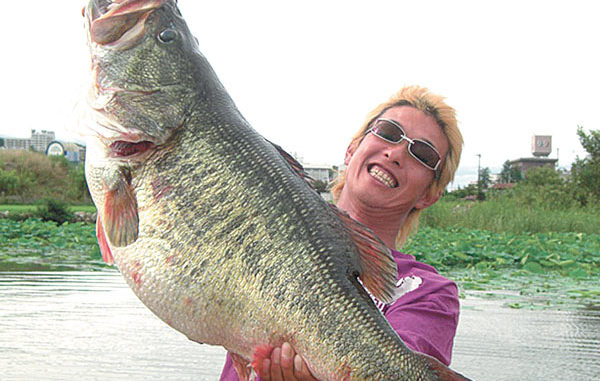
Man allegedly filed false papers to illegally acquire 50 gator tags, LDWF says.
Like any other non-migratory critter, each largemouth bass has a home range, loosely defined as the area that the animal uses regularly in its quest for survival and reproduction each year. Lots of anglers assume that largemouth bass rove widely in their pursuit of food and oxygenated water.
While indeed, evidence exists that young school-size bass do move extensive distances, particularly in open reservoirs, most of the time bass just don’t go that far. As hard as it is for fishermen to admit, a lot of times when they can’t buy a bite, the fish haven’t left the area.
The angler just isn’t good enough to coax these moody fish into feeding, or conditions such as oxygen are so poor that the fish are just hunkered down in a survival mode, with no interest whatsoever in what is for supper. Cold-blooded fish need to feed far less often then the warm-blooded anglers chasing them.
Oxygen levels, the biggest stressor (besides fishermen catching them), seem to cause the most movement. A study done in the Kissimmee River in Florida involved surgically implanting radio transmitters in 2- to 6-pound bass and then releasing them where they were originally caught. The biologists located them twice each week to follow their movements.
Click here to read more on Homebodies…Studies show bass don’t move much


